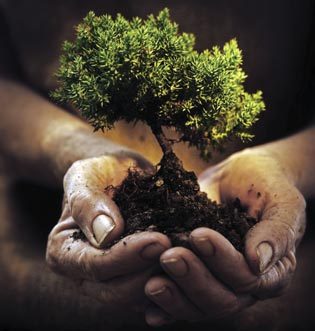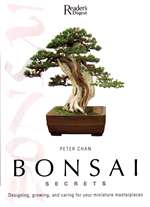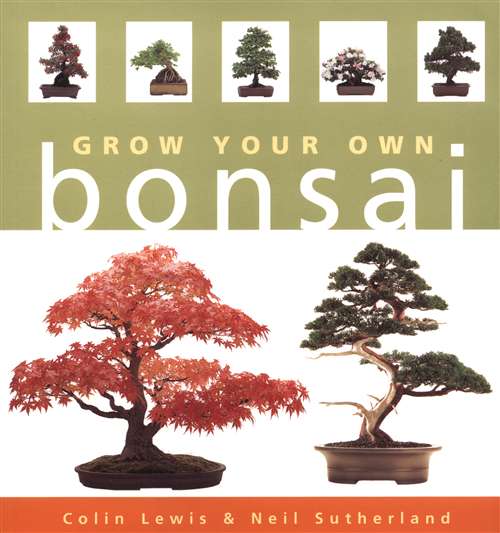Learn About Bonsai Trees
  |   |
I became interested in Bonsai trees about a decade ago when I met a gentleman in one of my seminars who was a major enthusiast. The class was a week-long class and all of us were interested in learning how to do it. So one day at lunch we planned to let him give us a mini lesson. It was very informative and fun. Since then I have experimented over the years and find it to be a very relaxing hobby.
Bonsai is actually two words, "Bon", and "Sai". The word "Bon" means "tray" and "Sai" "growing," or "planting." Therefore, the two words put together give you the translation of "tray growing," or "tray planting." Bonsai can be developed from seeds or cuttings, from young trees or from naturally occurring stunted trees transplanted into containers. With regular plants you transplant up to larger and larger pots. With Bonsai, you transplant down and down. Every branch and twig of a bonsai is shaped or eliminated until the chosen image is achieved. From then on, the image is maintained and improved by a constant regime of pruning and trimming.
It is the art of dwarfing trees. They are kept small and trained by pruning branches and roots, by periodic repotting, by pinching off new growth, and by wiring the branches and trunk so that they grow into the desired shape. Bonsai are ordinary trees or plants, not special hybrid dwarfs. Small leafed varieties are most suitable. Types of trees that are often used include Juniper, Boxwood, Azaleas, Maple, Pine, and Plum. It’s interesting that after a year or two the flowering trees will produce miniature gardenias or azaleas! These are the basics. If you want to know more here are two great books for you: Bonsai Survival Guide and Grow Your Own Bonsai both by Colin Lewis.
 |  |